Eighteen people joined leaders Chris Rose from Bexley Natural Environment Forum and Ralph Todd of Bexley RSPB on yesterday’s (March 12th) wildlife walk around Bexley Park Woods, hosted by Friends of the Shuttle, the river that runs through the northern edge of the woodland.
Introductory comments from Mandy Stevens of FotS, Chris and Ralph highlighted the importance of open spaces across Bexley and the efforts now being put into increasing public interest in them by local groups, before touching on the particular value of this woodland, its Site of Importance for Nature Conservation status, management issues and where more information about the resident wildlife could be obtained.
The first plants pointed out were the three Mistletoe growing on a Poplar by the river that Chris had first noticed a couple of months ago. This is an uncommon species in London, and the subject of a Species Action Plan. Most people probably think of this as occurring on old orchard trees, but Poplar is one of its main hosts.
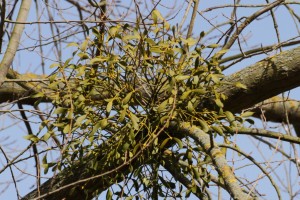
Mistletoe on Poplar by the River Shuttle, near the Murchison/Elmwood entrance. (Photo: Martin Petchey)
Participants were enlightened as to the identity of a number of the other plant species in evidence, including natives such as the Stinking Iris or Gladwyn, which is grown as an ornamental and may actually have ‘escaped’ from nearby gardens. The edibility of Cow Parsley, one of the more abundant plants already in leaf, was mentioned, but attendees were advised not to eat it unless they were sure they could tell it apart from similar-looking but poisonous Hemlock …. There was little in flower yet apart from the striking yellow blooms of Lesser Celandine, a buttercup which will go dormant as the trees come into leaf and shade them out, but the leaves of Wood Anemone were just starting to show in places.
The patch of Sanicle, a rare plant in Bexley, was looked at by the Danson Park outflow, and this highlighted the deleterious effects of excessive trampling. Looking across the river to the south side the general issue of the lack of ground-cover in many parts of the wood was very evident. In the absence of coppicing for probably over half a century there probably isn’t enough light hitting the ground in many areas to fuel plants sufficiently to overcome the amount of footfall, and a number of species have disappeared from the wood completely.
The first bird observed was a Grey Wagtail foraging on pebble banks in the river. This is a species that will suffer from the extent of disturbance by off-leash dogs. Questions were raised about the amount of yellow and how it differed from Yellow Wagtail, which is now a scarce summer migrant. Ralph went on to explain the breeding strategy of the humble Wren, in which the male builds several nests for the female to choose from, but if they are not good enough she may still take up with somebody else.
No FotS meeting would be complete without a bit of X-rated content, and the sight of a pair of canoodling Ring-necked Parakeets seemed to send some observers a bit weak at the knees and may have softened the hearts of any who thought these birds a bit of a nuisance.
Fleeting glimpses were had of Great Spotted Woodpecker, and Green was heard briefly. Nuthatch kept out of sight, though Chris had seen two before the meeting began. A couple of Long-tailed Tits were observed by an adjoining garden. Plenty of Robins, Blue Tits and Great Tits were seen, and Duncan Devine pointed out some of the nestboxes he had made and put up in the wood.
Ralph explained that we are still in the period where winter visitors are leaving, but birds that come here to breed in summer have not arrived en masse, which would account for the limited number of species spotted.
There seems to be a fair amount of interest in these woods, and we will see if we can organise more events here in the future to build on that. A ‘Friends’ group could do much to improve the habitat in the woods for wildlife, and it would be good if one could be set up, though we had no immediate volunteers step forward on this occasion.

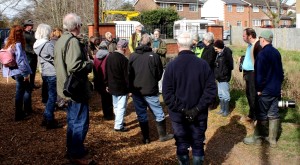
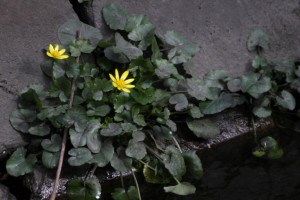
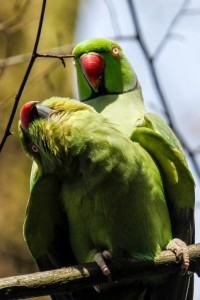
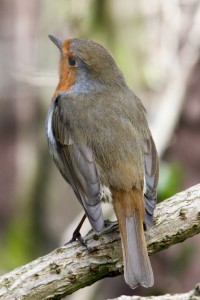
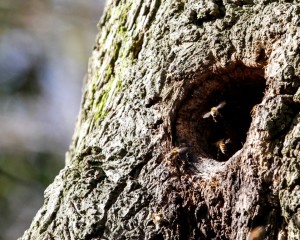
Fantastic to see Bexley woods being explored. I’d love to know more about any more trips to Bexley woods as i frequently visit this woodlands in fact i went there today and was greeted by seeing a pair of tree creepers and 3 Eurasian jays.